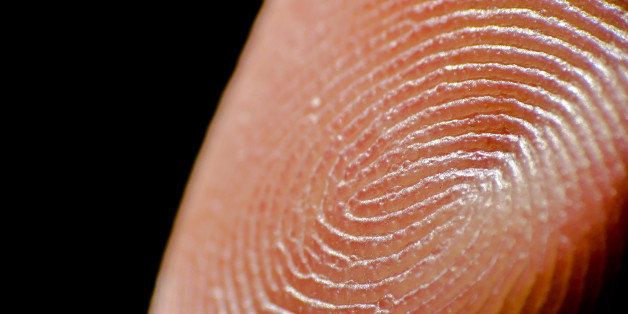
It may seem inconceivable (I’ve loved that word ever since "The Princess Bride"), but there are a few rare people who are born into this world without fingerprints. But what does that mean exactly? Instead of their finger pads having ridges, the skin on the finger tips is entirely smooth.
If you’re like me, your first question might be, how do these people travel? This is indeed a problem; in fact dermatologists colloquially refer to the condition as “immigration delay disease” because of the problems it creates when a person with the disease tries to move to a different country. The technical term for the condition is adermatoglyphia. There are only a handful of people in the world with the condition, and for years, it wasn't known what caused the phenomenon. A couple of years ago, dermatologists found that the disease was related to a genetic mutation.
In 2007, a Swiss woman was refused entry into the United States because she didn’t have any fingerprints, so she contacted dermatologist Peter Itin. Together with Israeli dermatologist Eli Sprecher, Itin studied the woman’s family (several of whom also had the condition). After careful analysis of family members’ DNA (both those with the condition and those without), the dermatologists narrowed down the cause to a section of DNA that codes for a protein called SMARCAD1. The mutated version of the gene blocks the protein from forming correctly, and though dermatologists are still not sure exactly how this gene relates to the formation of fingerprints, they have a starting point for further research.
Sprecher noted in his studies that it was only through this disease that they were able to locate the section of DNA that relates to fingerprints. Otherwise, they might not have known how they formed.
But here's what we do know
We might not know exactly how they form, but we do know when they form — in the womb, at or after 24 weeks of gestation. We also know that each person is born with a unique set of fingerprints. The pattern may grow over time, but it will stay the same, meaning a person will always have the same fingerprints. It’s also interesting to know that your fingerprints continue down your palm and can also be found on the soles of your feet, meaning even if you eliminate your fingerprints (as infamous criminal John Dillinger attempted to do), you can still be identified.
People with adermatoglyphia don’t exhibit any other symptoms as a result of the disease, except for a slightly reduced number of sweat glands. That’s it. (Weird disease, I know, but not a bad one if I had the opportunity to choose.)
Unfortunately, there are more severe conditions that can cause missing fingerprints, such as dyskeratosis congenita, which can have additional and much more serious effects, such as predisposition to cancer and premature aging.
So there you have it: The mystery of the missing fingerprints solved, at last.